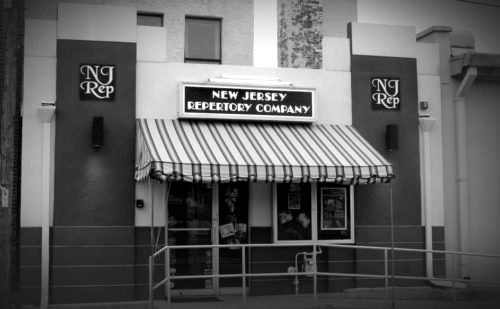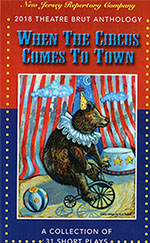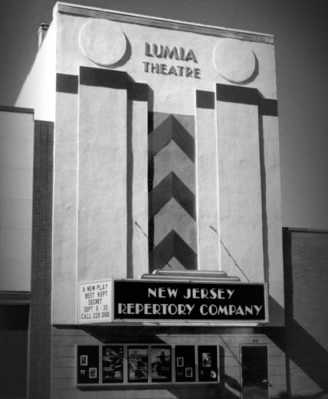• To develop and produce new plays and to make a lasting contribution to the American Stage
• To act as a catalyst for the revitalization and redevelopment of our community
History
The New Jersey Repertory Company was founded in 1997 by SuzAnne and Gabor Barabas. Its current central headquarters is the Lumia Theater located on lower Broadway in Long Branch.
Over two decades NJRep has produced 140 plays of which 125 have been world premieres. The theater has the additional distinction of having had many of its plays produced by other theaters around the country totaling over 200 subsequent productions in the U.S. and overseas.
In 2012 and 2018 NJRep was the recipient of a National Theater Company Grant from the American Theater Wing that sponsors the annual Tony Awards for Broadway in recognition of its contribution to the repertoire of the American Stage. Only seven theaters have had this distinction.

Theatre Brut ®
Our Theatre Brut® Short-Play Festivals focus on visionary and avant-garde works. The idea for Theatre Brut® was inspired by the Art Brut movement, derived from a concept first articulated by the German psychiatrist and art historian Hans Prinzhorn with the publication of his ground-breaking visionary book, “Artistry of the Mentally Ill” (“Bildernerei der Geisteskranken”) published in 1922. Prinzhorn felt that these works, crafted by those marginalized by society, needed to be protected for they provided a clear glimpse into the subconscious, and when executed by talented and untutored artists working outside of accepted artistic conventions, deserved the term, art. Theatre Brut® seeks to nurture the development of plays unfettered by social and artistic convention where the “strait jacket of logic” (Freud), and “the fossilized debris of dead language” (Esslin), are supplanted by innovation. We readily recognize that unlike the isolated patients whose works inspired Prinzhorn we as a theater are far from insulated from the cultural mainstream. Those interested in participating in our next Theatre Brut® Short-Play Festival can find out more here.


West End Arts
In May 2016, NJRep acquired a new property, a 28,000 square-foot school situated on 2 ½ acres and located just five minutes from its Main Stage Lumia Theater and two blocks from the Jersey Shore. The theater plans on gradually transforming the school in stages into a cultural center that will house additional performance spaces, an art cinema, an art museum, a rooftop café, an arts education wing, and residences for out-of-town actors and playwrights. When completed, the center will present a wide array of programs in acting, playwriting, art, sculpture, poetry, music, and photography and will serve as a catalyst for economic development and as the foundation for the cultural renaissance of the community.
